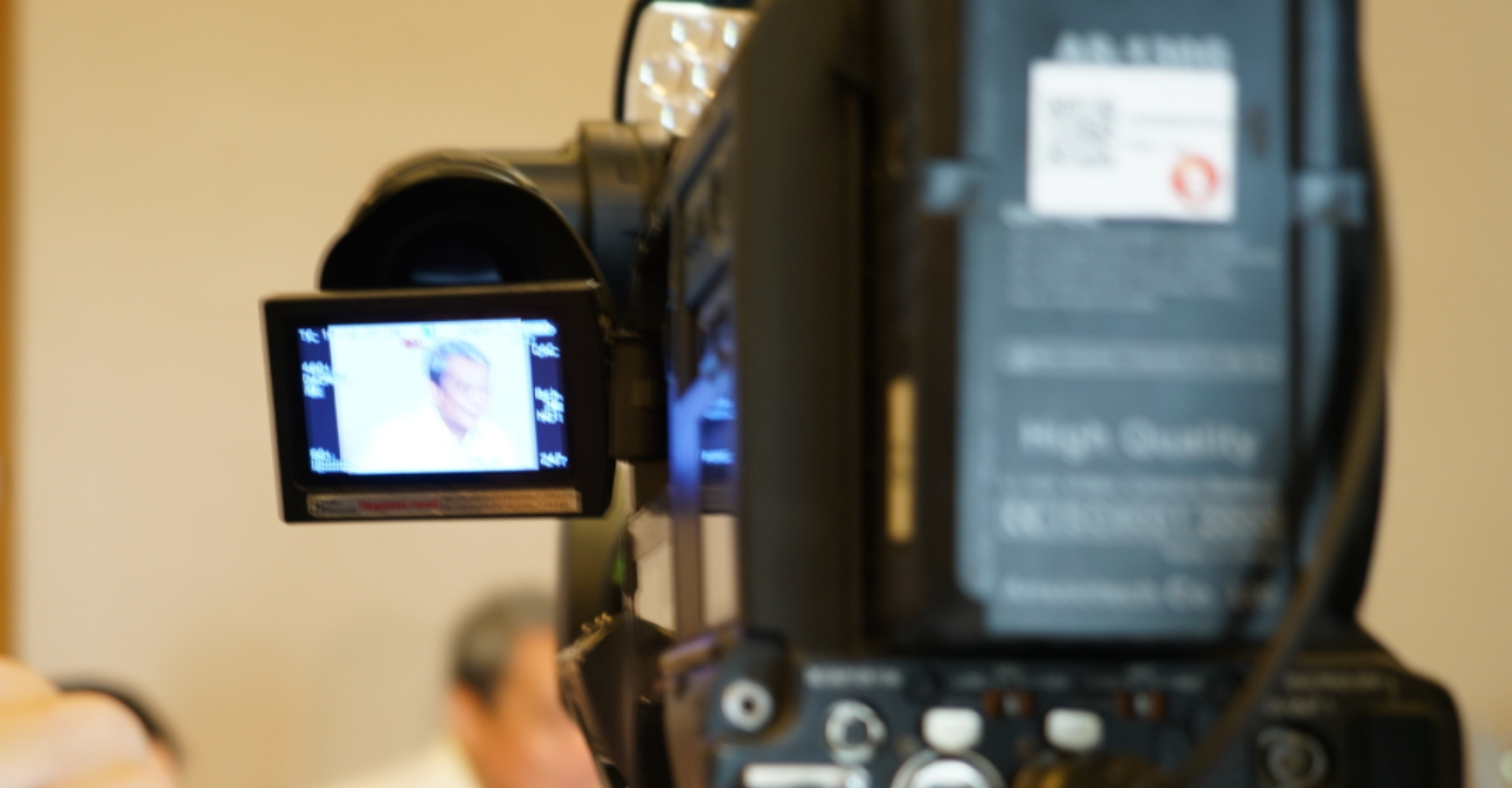
Media Center
Know the latest news, stories and information about our Company and businesses from the DMCI Holdings Media Center
DOWNLOAD LATEST

Know the latest news, stories and information about our Company and businesses from the DMCI Holdings Media Center
DOWNLOAD LATEST
September 16, 2016
SMPC has been repeatedly accused of causing human suffering and environmental damage because of its coal mining operations in Semirara Island. We hope that the information below helps set the record straight.
Living conditions in Semirara Island have significantly improved because of the socio-economic contributions of SMPC.
SMPC is also instrumental in the economic development of the Municipality of Caluya.
Other Allegations
Allegation | Clarification |
| 1. The mining operations of SMPC adversely affect the aquatic ecosystems of Caluya and Sibay. | The coal mine of SMPC is on Semirara Island which is 23.5 km from Caluya and 26 km from Sibay. Situated two kilometres from the coal mine is an SMPC-funded marine hatchery that breeds and reseeds giant clams. An endangered marine resource, giant clams are a significant bio-indicator for determining the health of coral reefs because they can survive only in a safe and unpolluted marine environment. As of H1 2016, SMPC has bred 151,638 giant clams, proving that its coal mining operations have no detrimental impact on the aquatic ecosystem of Semirara Island. |
| 2. Semirara Island is home to the largest coal mine in South East Asia. | The largest coal mines in South East Asia are in Indonesia which ranks among the top ten coal producers in the world according to the World Coal Association. In 2015, Indonesia's coal production reached 392 million tons. During the same year, SMPC produced 8 million tons. |
| 3. The Municipality of Caluya has a poverty incidence of 47%. | This poverty statistic is based on the 2003 City and Municipal Level Poverty Estimates of the Philippine government. Since then, poverty incidence in Caluya has dramatically improved to 24.7%, as shown in the 2012 version of the City and Municipal Level Poverty Estimates. In Barangay Semirara, poverty incidence is even lower at 5.79% according to recent data (2015) from the Municipal Social Welfare and Development Office. |
| 4. SMPC mining operations reshaped Semirara island, erasing hills and filling lands as far as 2 km into the ocean. | SMPC’s mining operations follow good vegetative practices, proper land use and sound soil management, as required under its Environmental Compliance Certificate (ECC) A Multipartite Monitoring Team (MMT) regularly monitors and validates SMPC’s compliance with the ECC conditions. The MMT is composed of representatives from the barangay, municipal and provincial government units, and various sectors. |
| 5. SMPC’s mining operations are responsible for removing vast tracks of mangroves. | The NAPOCOR oil spill in 2005 destroyed 100 hectares of mangroves around Semirara Island. Majority (56%) of the destroyed mangroves were actually planted by SMPC. To arrest the environmental damage caused by the oil spill, SMPC even initiated the cleanup and advanced the requisite funds (P19 million). In addition to the 56 hectares that were lost to the NAPOCOR oil spill, there are 196 hectares of reforested mangroves that have survived. Old growth mangrove forests cover an additional 380 hectares of Semirara Island’s shoreline. |
| 6. SMPC’s mining operations are responsible for removing…coral areas. | 150 hectares of Barangay Semirara’s
coastal area were declared a marine
protected area in 2009 due to SMPC’s
efforts. According to a technical study commissioned by SMPC, the coral reefs in this marine sanctuary have “good” (51% to 75%) live coral cover. |
| 7. More than 80 hectares of mangroves were destroyed by SMPC’s mining operations from 2009 to 2012. | There is no government report or scientific study that proves or documents this figure and corresponding time period. In all its site visits and reports, the MMT has never cited such a finding. |
| 8. SMPC’s mining operations are negatively affecting the seaweed farming industry on Semirara Island and the rest of Caluya. | Based on data from the Office of the
Municipal Agriculturist, seaweed
production in Semirara Island and Caluya
has been steadily improving.
Seaweed production in Caluya rose 36.8% from 1,889 metric tons in 2014 to 2,584 metric tons in 2015. During the same period, seaweed production in Semirara Island grew at an even faster pace. From 54.9 metric tons in 2014, it surged 67.6% to 92 metric tons in 2015. These production levels prove that there is no negative correlation between coal mining and seaweed farming. |
3F DACON BUILDING, 2281 CHINO ROCES AVENUE
MAKATI CITY, 1231 PHILIPPINES
TEL: +(632) 8-888-3000